When we first meet Duccio Lopresto beside the glistening shore of Lake Como, it’s not his sharply tailored suit, the jewel-like A. Lange & Söhne timepiece affixed to his wrist, nor even the sensuous Alfa Romeo Giulietta SS Prototipo, which claimed ‘Best of Show’ at last year’s Concorso d’Eleganza, that commands our attention. Nope, rather it’s his striking resemblance to his father, Corrado, the most famous collector in Italy with a treasure trove of significant, flamboyant, and predominantly Italian automobiles. Ever since he was born, Duccio has imbibed the classic car culture thanks to his father, and in recent years, he’s been actively involved in maintaining, promoting, and growing the collection.
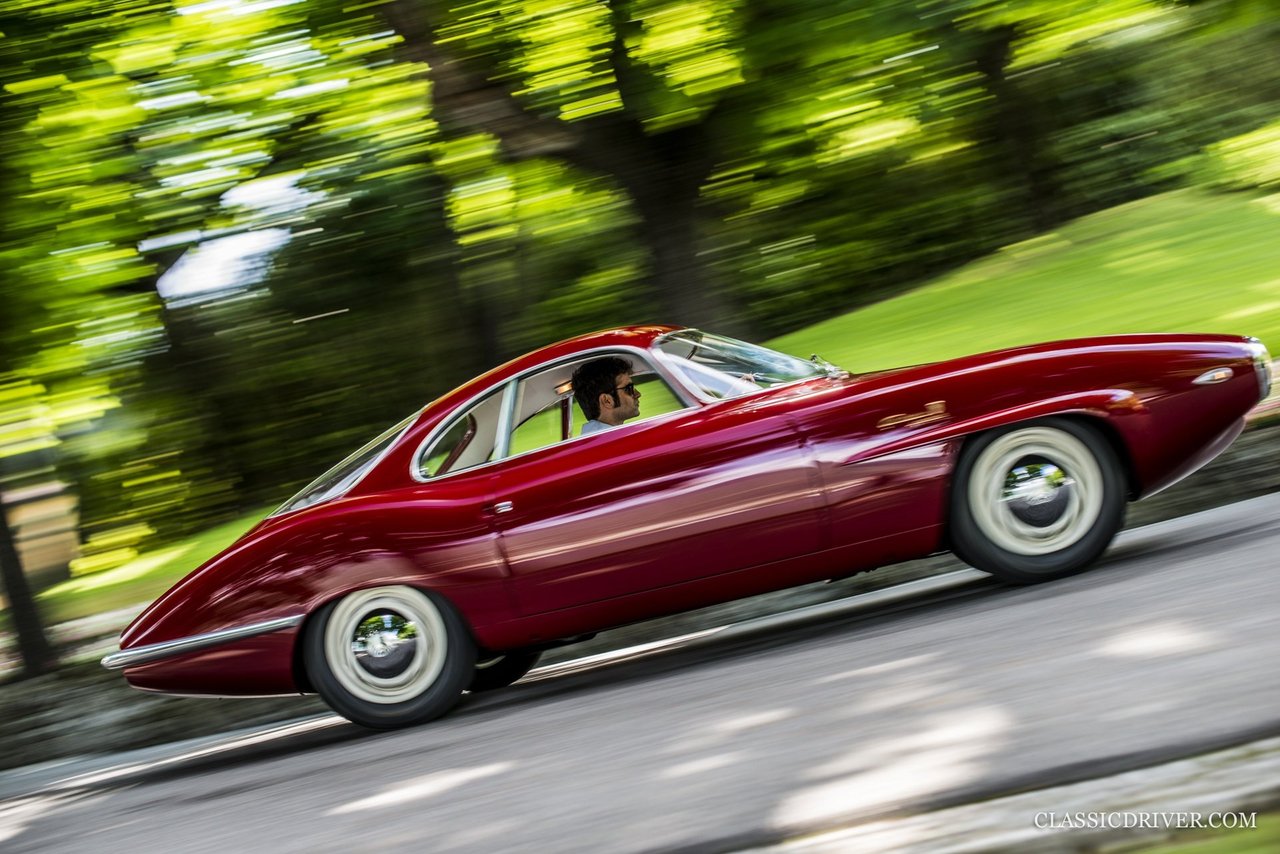
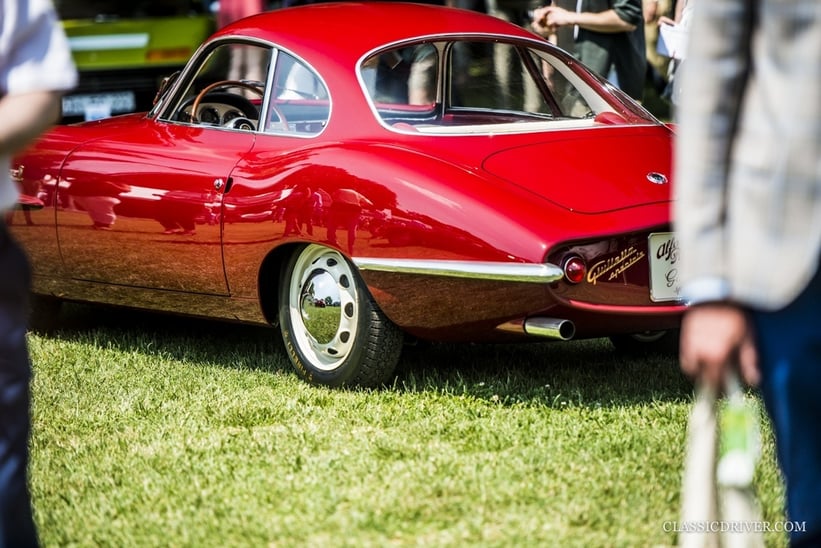
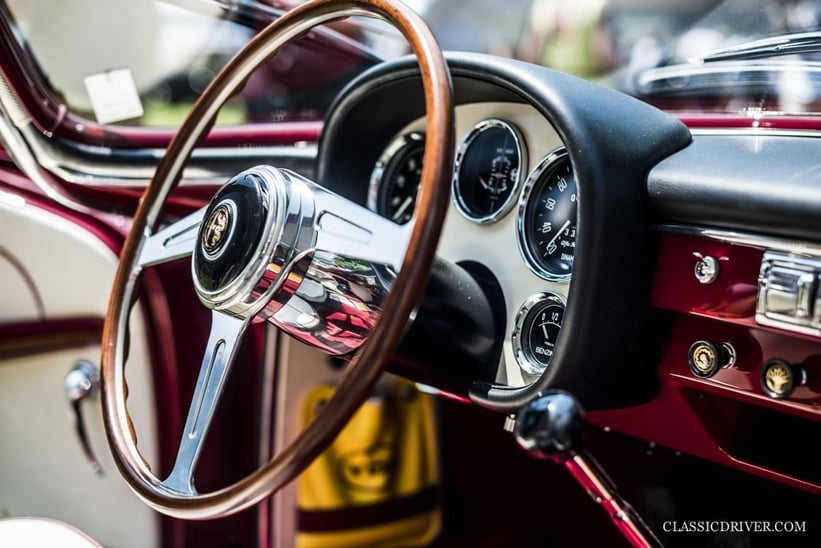
There are just a few hours to go until the Concorso d’Eleganza 2018 – how are you feeling?
I can’t wait to be there. This year, we’ll present a very special car that truly represents the philosophy of our collection. We’ve worked for months on the preservation of this piece and finally we can show our efforts off to the public.
You father’s received many awards here – what makes Villa d’Este so special?
It’s a combination of factors. The location helps a lot – hosting a concours d’elegance on Lake Como, at one of the most luxurious and exclusive hotels in the world, is a killer combination. Then there are the cars. We should never forget that Villa d’Este is one of the few places where, each and every year, the most elegant cars gather in a single location. Elegance and design are the elements that make Villa d’Este one of a kind. The selection committee always does a great job in selecting truly special cars and it manages to maintain the small and exclusive spirit of Villa d’Este. I hope this won’t change in the future.
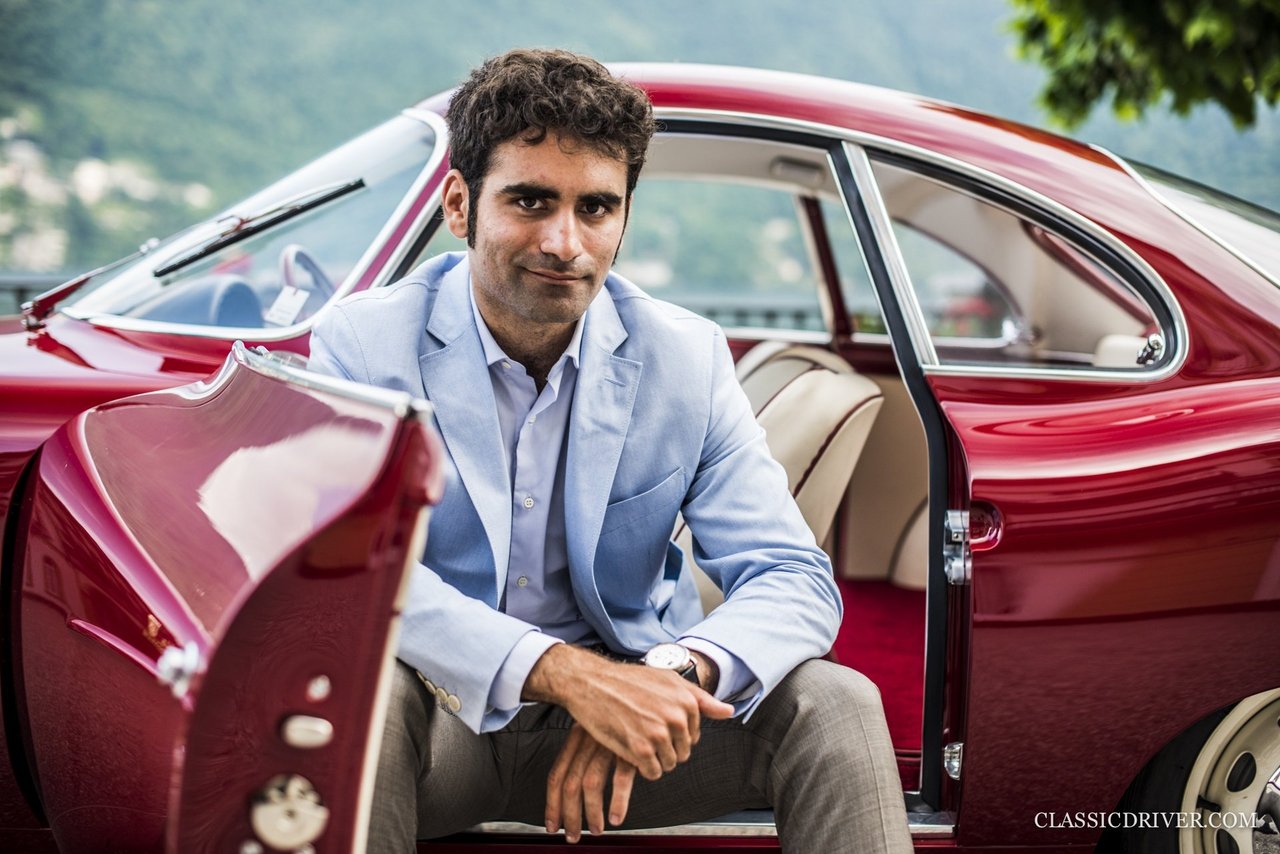
This weekend, the Concorso will open its gates to a selection of Formula 1 cars for the first time – what do you think about this?
I’ve loved Formula 1 since I was really young. My love grew stronger still when, while working at Lamborghini, I helped Antonio Ghini organise the Senna exhibition in Sant’Agata last year. Formula 1 cars are truly art pieces – I love the form follows function principle brought by the Modernist architects of the 20th Century, which is totally applicable to these cars. It’s a nice way to present a different kind of style and design at a concours. However, we should always remember that Villa d’Este is a concours d’elegance.
You’ve just returned from the Mille Miglia, where you drove your amazing Alfa Romeo 6C Aprile – how easy is it to switch from the pilot’s seat to elegant events such as Villa d’Este?
I’ve always travelled around the world to concours events with my father and they’re where I belong. However, racing these special cars presents a unique emotion for me. I actually proposed the idea of driving the Alfa in the Mille Miglia – yes, it’s a concours-winning and perfectly restored car, but it was born to race. It is something entirely different, like being in another dimension, and I really like to be part of both worlds. Sure, our cars are art pieces more suited to museums and concours of elegance events, but this doesn’t mean we shouldn’t drive them. This is how I’ll change the spirit of the collection, with more racing. I want to break the barriers of the concours world to bring these cars back to the roads so that everyone can see and appreciate their beauty.
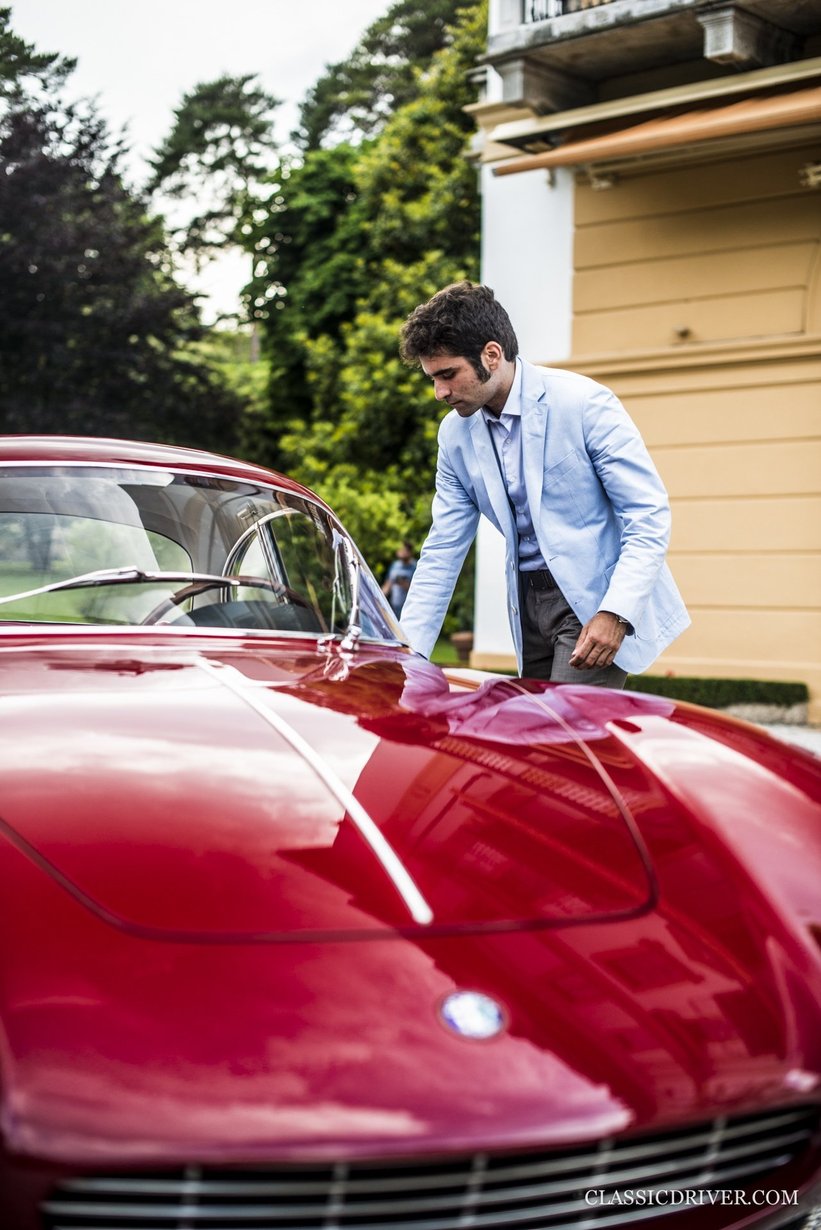
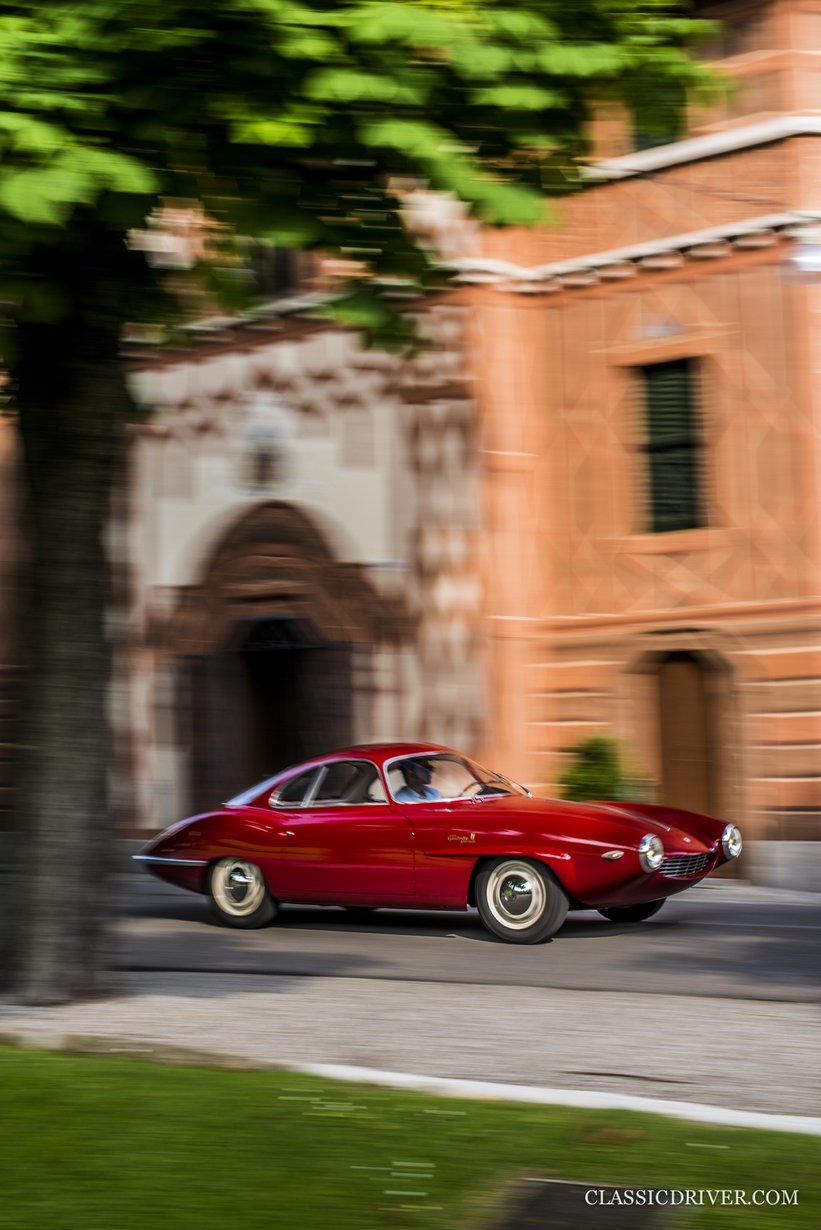
One week after crossing the finishing line, how would you describe the experience?
The Mille Miglia was one of the best experiences of my life – intense and tiring but truly fantastic. Two things really struck me. Firstly, I didn’t expect the people lining the route to be so happy. I felt as though everyone was my best friend, like I’d known them forever, which was really touching. When we passed through Tavullia, the birthplace of Valentino Rossi, there were around 50 kids all shouting and smiling at us like it was the happiest day of their lives. Then there was the car we drove: our unique 1931 Alfa Romeo 1750 Aprile, which has won numerous awards such as the Coppa d’Oro at Villa d’Este. But driving it on the Mille was on another level – at first, I was scared and uncomfortable, but after a few hours, I felt completely at home. Driving that car for 10 hours a day was a pure joy, a real life-changer.
We’re seeing you more and more at events with your father – what exactly is your role in the collection and are you beginning to take over what he built?
I believe it’s a natural continuation for the collection. I’ve always supported and helped my father. But whereas before it was just a passion I had between my studies and my work, now I feel ready and prepared to be involved in shaping the future vision of our collection. I don’t have a specific role – I help to find new cars, follow and help with the restoration of special pieces, and manage international relations with partners and key contacts. These are our family cars and I want to help my father continue with his mission, but in my own way.
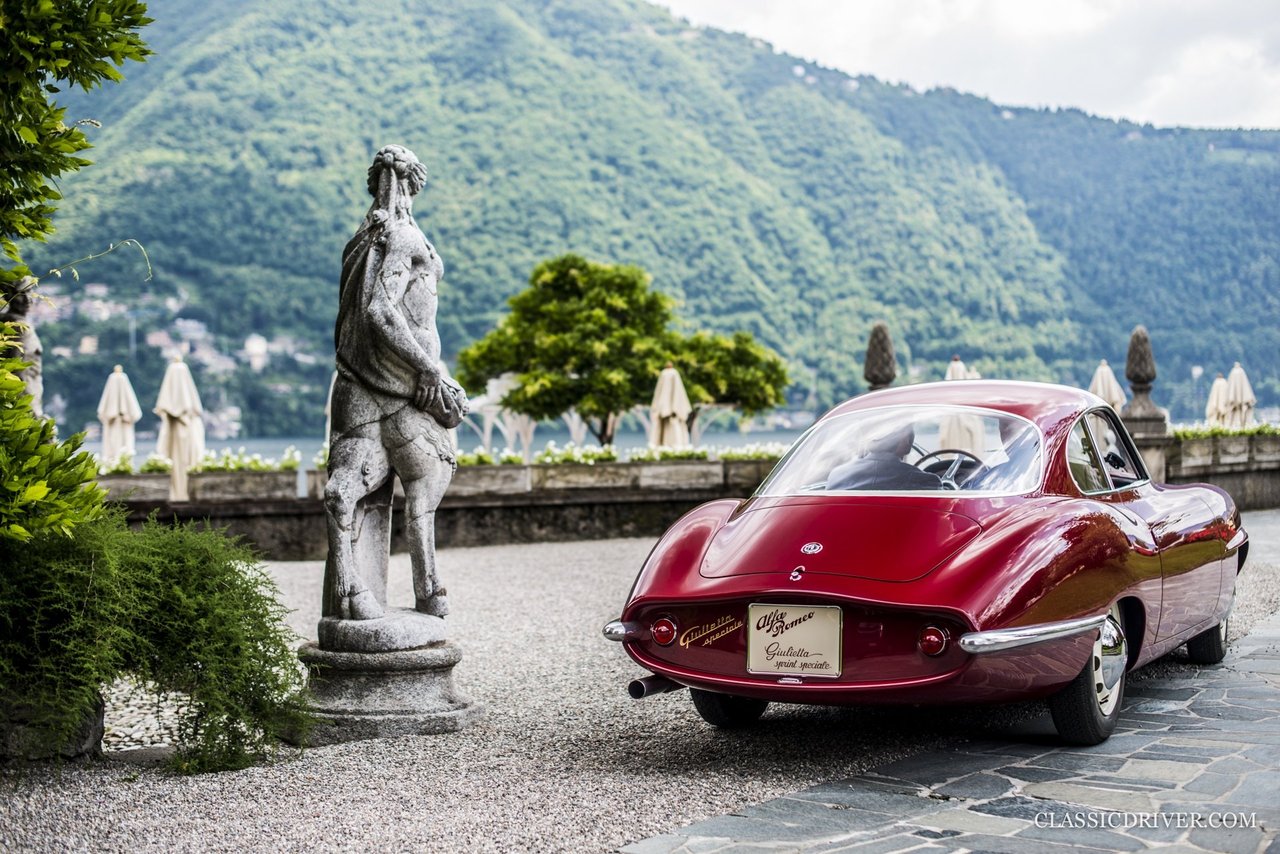
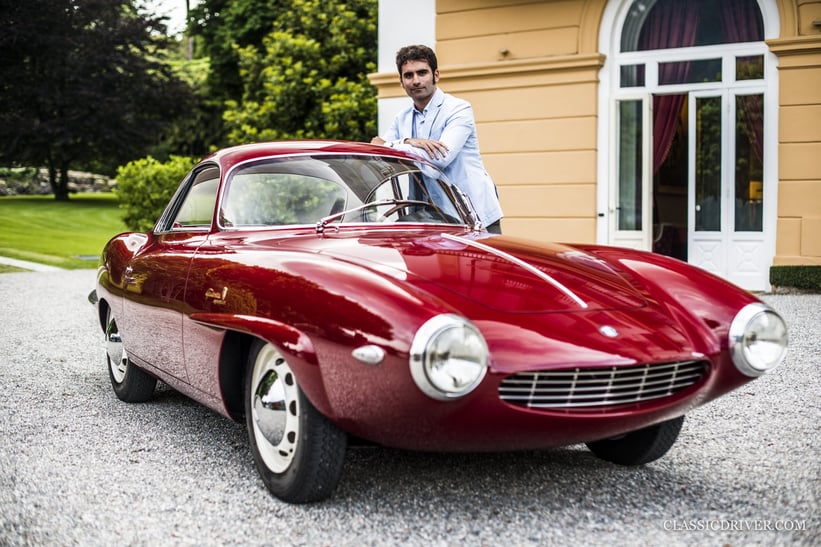
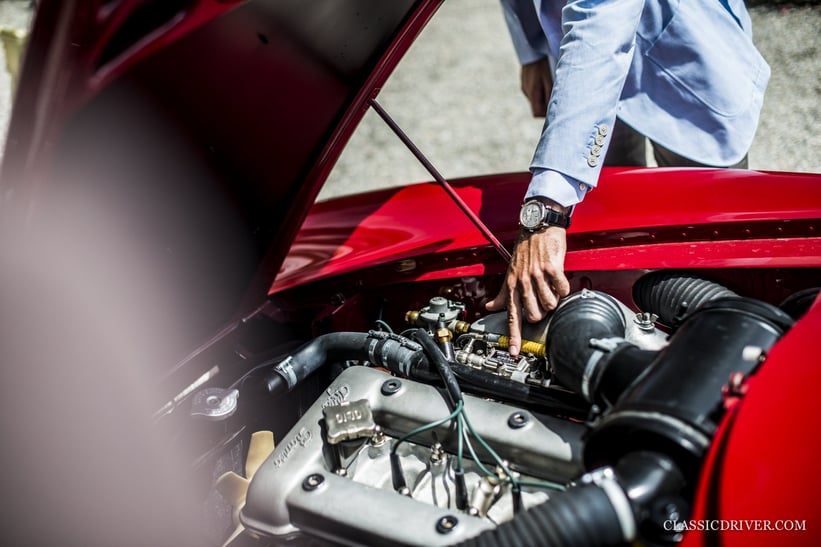
You enjoy and share this passion with almost every member of your family – is that important to you?
Absolutely – the family bond has helped the collection to get stronger, and vice versa. I think my father found a lot of energy by knowing that we always supported him in what I consider to be his lifelong mission. Alone, it would have been much more difficult.
What is your vision for the Lopresto Collection?
We want to leave a mark not just in the automotive world, but also in the art and cultural scenes. I think the recognition from UNESCO at Villa d’Este in 2016 represents what we’re trying to achieve with the collection – to become a worldwide and timeless cultural heritage centre.
My vision is to break the barriers between art and cars and to bring these special machines back on the road so that everybody can appreciate them. The moving exhibition I organised during the Milan Design Week was the first example of this. We’re also currently restoring some incredibly special cars and are in discussions with museums around the world to host exhibitions featuring them. The future is really bright for the Lopresto Collection – one thing I can say is that, in the future, it will be so much more than a collection. I will have the honour and responsibility to continue down the incredible path my father started many years ago and I can’t wait.
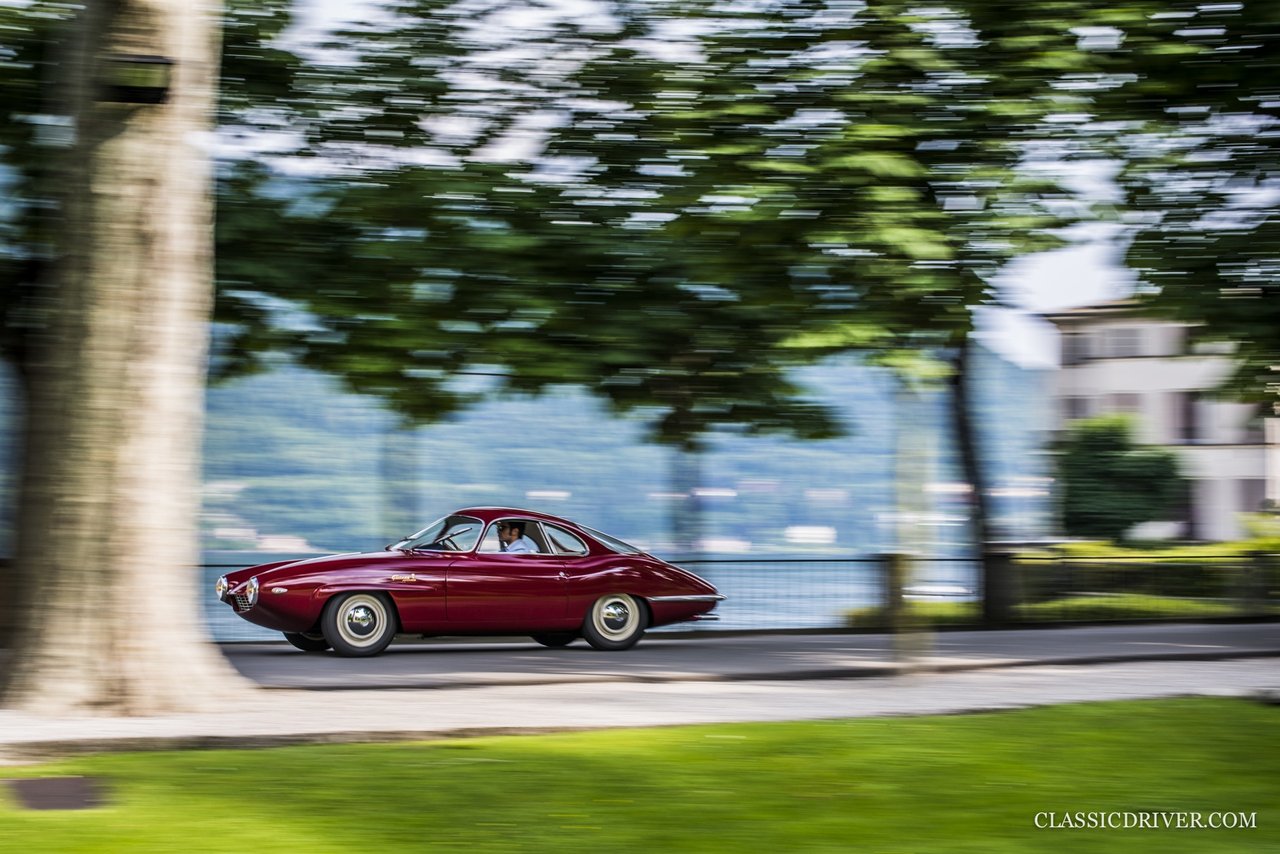
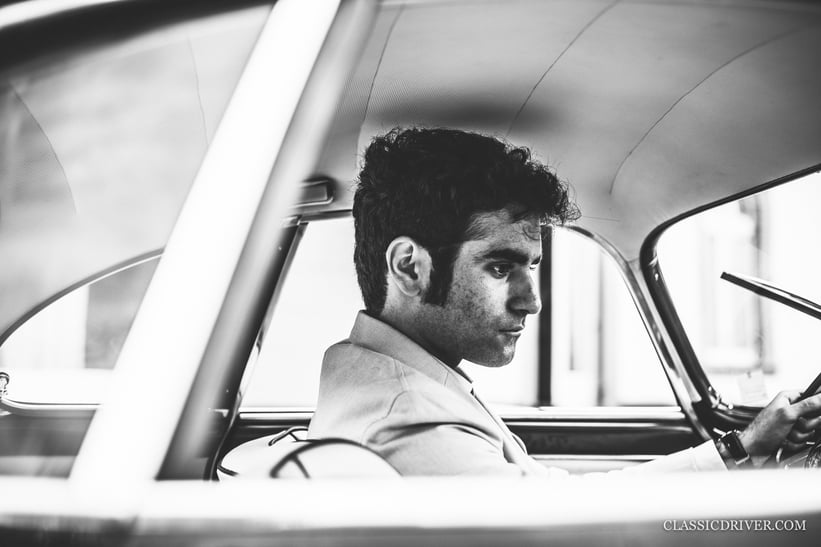
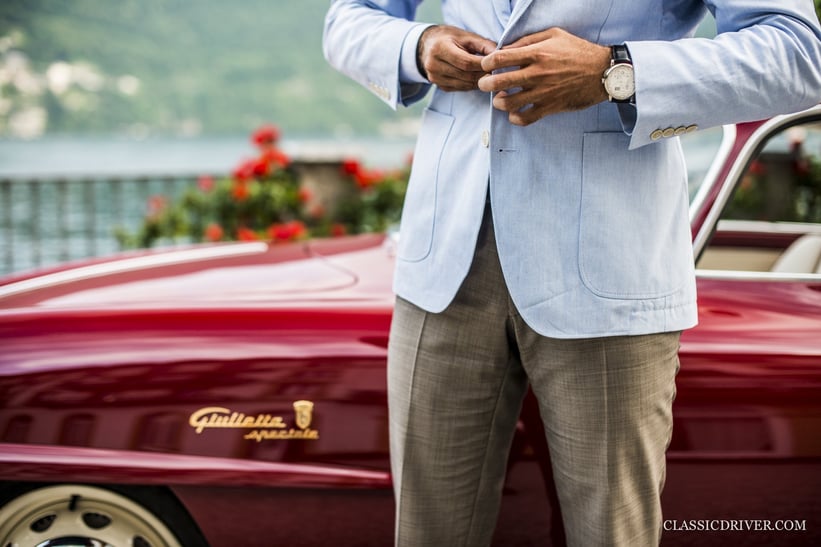
You’ve brought along with last year’s ‘Best of Show’, the Alfa Romeo Giulietta SS Prototipo – is it your favourite car from the collection?
I don’t have any favourites because each car has its own story and design. But the Giulietta is from another world – it’s Italian, an Alfa Romeo, a prototype, and I simply love it.
What does your future look like?
I always like to think about the present. Apart from being involved with the development of the collection, I’ve been working as an editorial board member for a new high-end publication titled ‘The Key’, published by The Classic Car Trust. It’s the first comprehensive guide to the world of the top collectors and key players in the classic car world, with expert opinions and unique market insights from Jean Todt, Sandra Button, and Lorenzo Ramacciotti. It’s a game changer and I’m really proud to be a part of it. I hope it will leave a positive mark and help to make our world more structured and transparent.
How would you assess the evolution of the classic car market?
The classic car market has changed a lot in recent years. It’s now becoming much more similar to the art world, sustained by a more structured business ecosystem. However, the road is still very long – in the next 10 years, we’ll see very big changes. As we show in The Key, the top 100 collectors are older than 70 years old and we’re not sure that the next generation will preserve the same passions. What will happen to the best collections in the world when the most special cars come to market? We will see.
Photos: Rémi Dargegen for Classic Driver © 2018




































